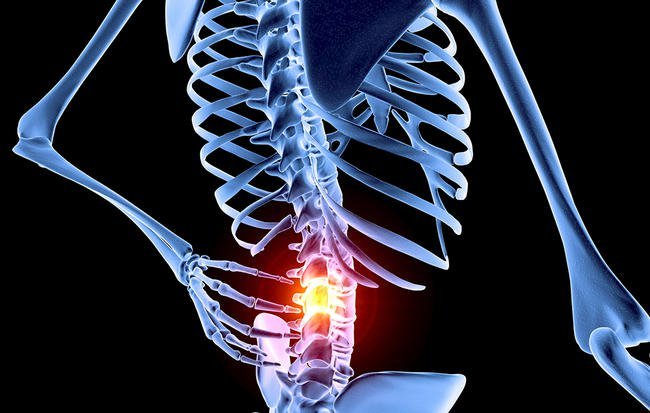ACP Recommends First Trying Nondrug Therapies for Back Pain

Earlier this year, the American College of Physicians (ACP) released an evidence-based clinical practice guideline (annals.org) that recommends physicians treat patients' nonradicular acute or subacute low back pain with nonpharmacologic therapies such as superficial heat, massage, acupuncture and spinal manipulation.
If drug therapy is desired, the ACP guideline recommends that physicians and patients select nonsteroidal anti-inflammatory drugs (NSAIDs) or skeletal muscle relaxants.
Researchers found that evidence did not support use of acetaminophen, which didn't improve pain outcomes versus a placebo. Low-quality evidence showed systemic steroids also weren't effective in treating acute or subacute low back pain.
For patients with chronic low back pain, the new ACP guidance recommends that physicians help patients initially select non-drug therapy with exercise, multidisciplinary rehabilitation, acupuncture, mindfulness-based stress reduction, tai chi, yoga, motor control exercise, progressive relaxation, electromyography biofeedback, low-level laser therapy, operant therapy, cognitive behavioral therapy or spinal manipulation.
For patients with chronic low back pain who have had an inadequate response to non-drug therapy, the ACP recommends physicians assist patients in considering treatment with NSAIDs as first-line therapy, and with tramadol or duloxetine as second-line therapy.
